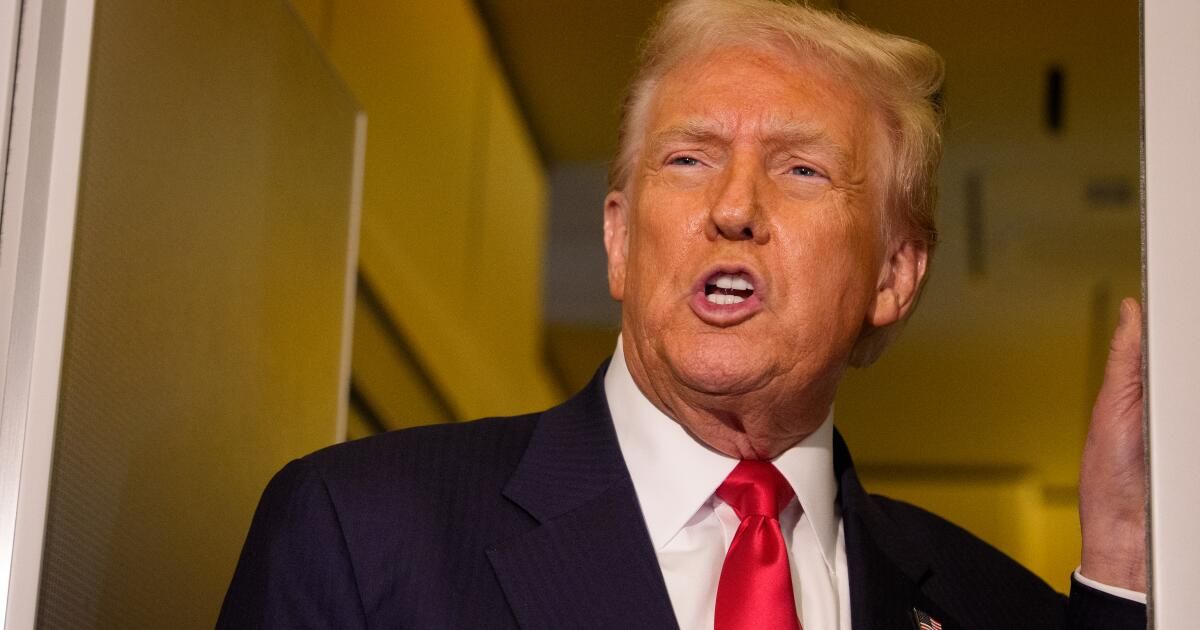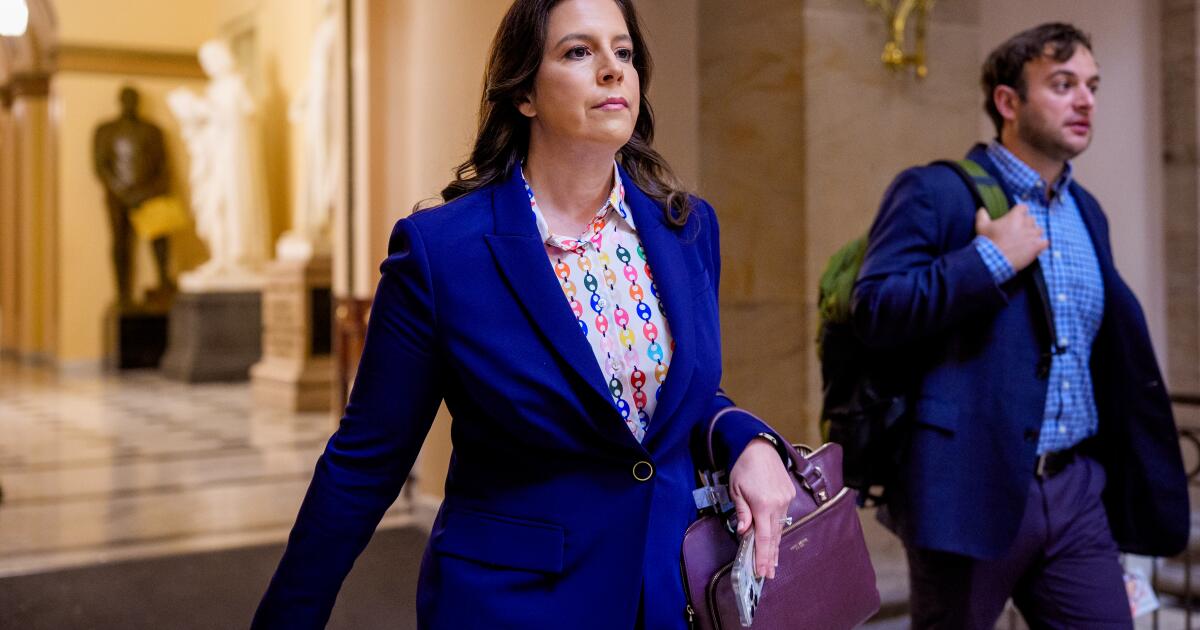Today in Washington, the word “emergency” is a magic key; it unlocks powers Congress never granted, suspends the discipline of regular order, and embellishes bloated bills with provisions too dubious to pass on their own. What was once intended to be a narrow exception for genuine crises has become a routine pretext for government overreach—a means of inflating executive power and corroding the nation's fiscal credibility.
Start with the most blatant statement and a will soon be examined by the Supreme Court: that a president can impose sweeping tariffs under the International Emergency Economic Powers Act (IEEPA) simply by declaring that a half-century of trade deficits constitutes an emergency.
Tariffs are taxes Americans pay, and the Constitution assigns the power to tax to Congress. However, the Trump administration maintains that the president's tariff power is beyond reproach because he alone is the one who designates emergencies.
George Will of the Washington Post summed up what's at stake neatly: a statute that reads like a roaming license to restructure the economy and give the president “irrevocable power to impose taxes… of any amount and for as long as he chooses.” Amicus briefs from across the political spectrum insist on the simple fact that the IEEPA does not authorize this, and that an emergency cannot be a long-standing condition that has coincided with growing American prosperity.
Congress, for its part, has effectively drawn up a parallel budget based on the emergency label. Every time limits on discretionary spending or sharing requirements threaten to kick in, the label becomes something more. Use it and the expense simply won't count toward agreed-upon limits or require offsets.
He best recent accounting by Dominik Lett of the Cato Institute puts the cost of emergency spending at about $12.5 trillion (adjusted for inflation) since 1991. If you count the roughly $2.5 trillion more in interest on related debt, the figure is around $15 trillion in total.
Over the past decade, about one in every 10 dollars of budget authority has been labeled as emergency. That's not a safety valve; It is a permanent solution that has already swallowed up even the modest savings promised by the Fiscal Responsibility Act two years ago.
What makes this practice so easy? It is largely self-controlled.
On paper, the Office of Management and Budget has a five-part test for emergency spending: it must be necessary, sudden, urgent, unforeseen and non-permanent. Congress is rarely required to demonstrate, point by point, that the five points are met. There is no neutral referee. Once “designated as an emergency” appears in the bill and the president agrees, the amounts are exempt from distribution caps and scorecards.
And because this budget label is separate from more specific “national emergency” declarations under statutes like the Stafford Act or the National Emergencies Act, it quietly becomes a vehicle for funding routine projects. It is a magic word so procedural that tax barriers practically disappear.
Finally, even when there is a real crisis, there is also opportunism. Emergency bills move quickly, face weak scrutiny and become irresistible vehicles for unrelated projects or those that Congress would never otherwise pass. This dynamic marred the 2012-13 Hurricane Sandy package and has been repeated in other disaster bills, not because the aid is illegitimate but because speed and political cover invite provisions that would die in the usual order.
The pandemic accelerated the trend. Much of the $1.9 trillion American Rescue Plan had little to do with COVID-19. Only a small part was allocated to direct health measures. Hundreds of billions funded unrelated legislative wishes, such as $350 billion for state and local governments whose revenues had already recovered, and major expansions in education and social welfare designed to last well beyond the pandemic.
It was the emergency label that exempted this spending from budget rules, allowing lawmakers to approve a wish list of permanent programs under the guise of temporary relief. It is having lasting effects, as the shutdown is due in part to making permanent some of the “emergency” measures, such as expanded Obamacare premium tax credits.
What is at stake in the abuse of emergency labeling is no longer abstract. The debt interest costs resulting from additional spending are crowding out core government functions. Americans are hit by “emergency” tariff costs. The next real crisis will come with less room for maneuver if we continue to burn credibility in the manufactured goods.
A republic that treats emergencies as a philosophy of government is a republic that lives without its safeguards. We must return the word to its place: as one that describes something rare, reviewable, temporary and paid for.
Rugy Veronica He is a senior fellow at the Mercatus Center at George Mason University. This article was produced in collaboration with Creators Syndicate.
Perspectives
Perspectives from the LA Times offers AI-generated analysis of Voices content to provide all points of view. Insights does not appear in any news articles.
point of view
Perspectives
The following AI-generated content is powered by Perplexity. Content is not created or edited by the Los Angeles Times editorial staff.
Ideas expressed in the piece.
The author argues that the word “emergency” has been transformed from a limited exception for genuine crises to a routine tool for executive overreach, allowing presidents to bypass Congress and exercise powers that the legislative branch was never intended to grant. The Trump administration's use of the International Emergency Economic Powers Act to impose sweeping tariffs based on decades-long trade deficits represents the most blatant example of this abuse, particularly troubling because the Constitution explicitly assigns the power to impose taxes to Congress.[1][2]. The author emphasizes that only the presidential designation of an emergency is required for these tariff powers to take effect, creating what amounts to non-reviewable presidential authority to restructure the economy through taxes of unlimited amount and duration. Beyond trade policy, Congress itself has weaponized the emergency label for budgetary purposes, circumventing fiscal barriers through roughly $12.5 trillion in emergency spending since 1991, with an additional $2.5 trillion in interest costs. The author contends that the Office of Management and Budget's five-part test for emergency spending (requiring measures to be necessary, sudden, urgent, unforeseen, and temporary) is rarely applied, allowing routine projects to be funded under the emergency designation. Additionally, the author notes that emergency bills move quickly with minimal scrutiny and become vehicles for unrelated legislation, as exemplified by the American Rescue Plan, which included hundreds of billions in spending unconnected to pandemic relief. The author concludes that the emergency label abuse crisis has real consequences: debt service costs are crowding out core government functions and Americans bear the direct costs through emergency tariffs, while future legitimate crises will find less fiscal flexibility available.
Different points of view on the subject.
The Trump administration maintains that the IEEPA confers broad executive powers to address international emergencies, with the president being the primary actor in foreign affairs matters.[1]. The administration's legal representative argued that the phrase “regulate import” in IEEPA clearly encompasses tariffs, which represent one of the most traditional and direct methods of regulating imports, and that Congress gave the president authority under the statute to impose such measures in response to international threats.[1][3]. The administration characterizes both trade deficits with numerous countries and fentanyl trafficking as “unusual and extraordinary threats” that meet the IEEPA legal threshold for emergency actions.[2][3]. The administration points to historical precedent, noting that President Nixon relied on the Trading with the Enemy Act of 1917 to impose a 10 percent import surcharge in 1971 to address an economic crisis.[4]. Additionally, during Supreme Court oral arguments, Justice Samuel Alito expressed skepticism of categorical restrictions on emergency powers, noting that statutes conferring genuine emergency authority are often written with broad language.[3]. Some justices also suggested the existence of a possible constitutional paradox: If the IEEPA allows the president to close all trade with another country, it would be anomalous to prohibit the more limited measure of imposing tariffs, raising questions about the appropriate scope of such emergency powers.[3].












